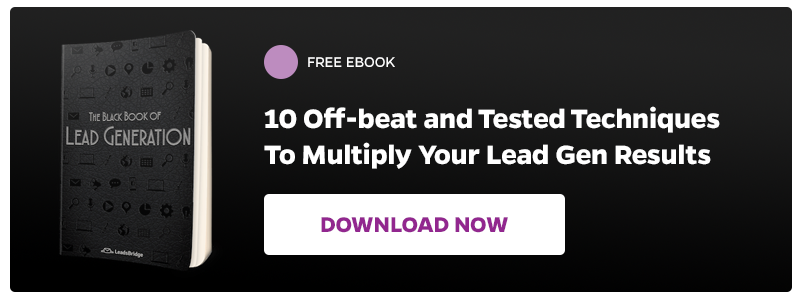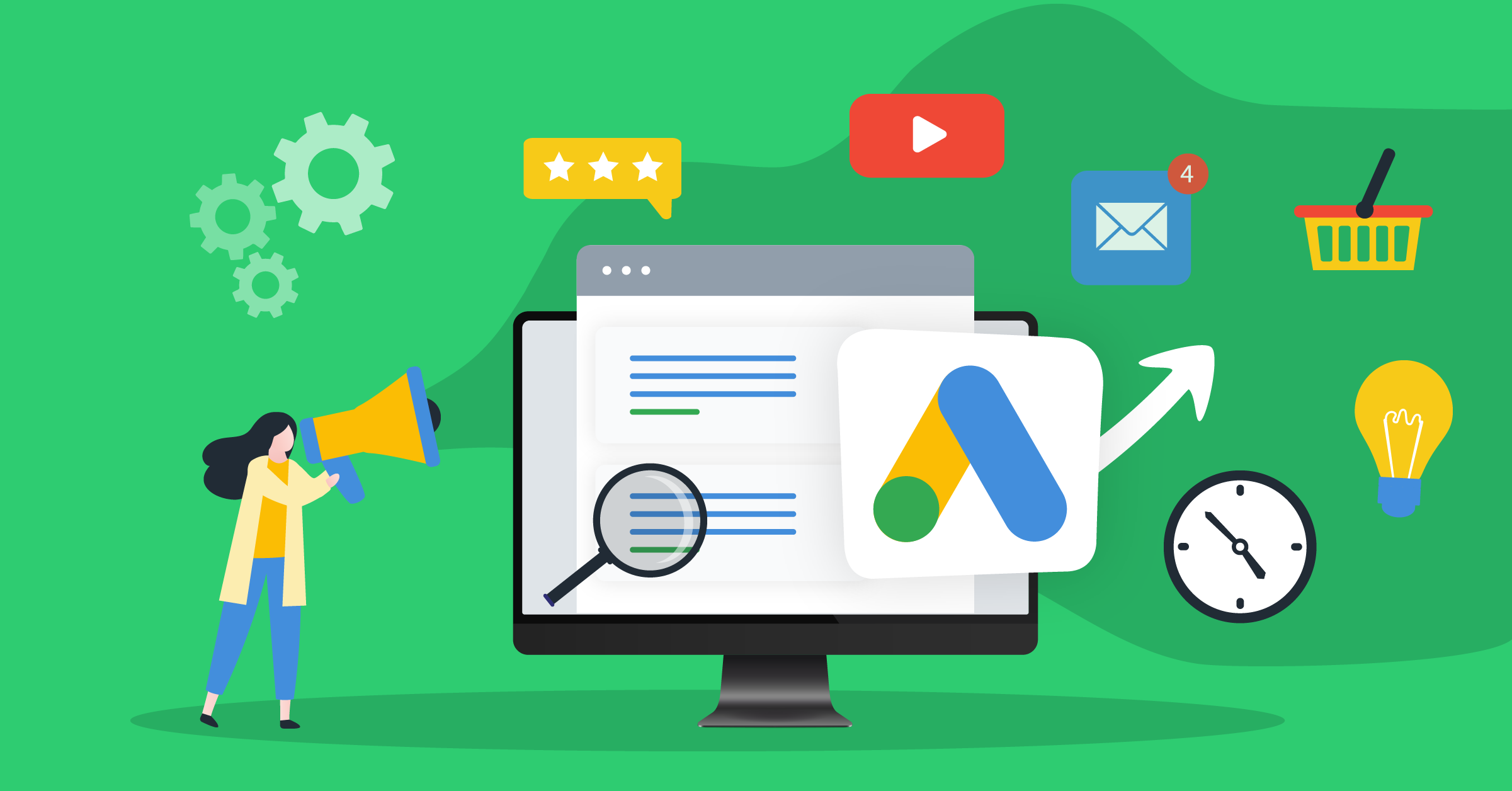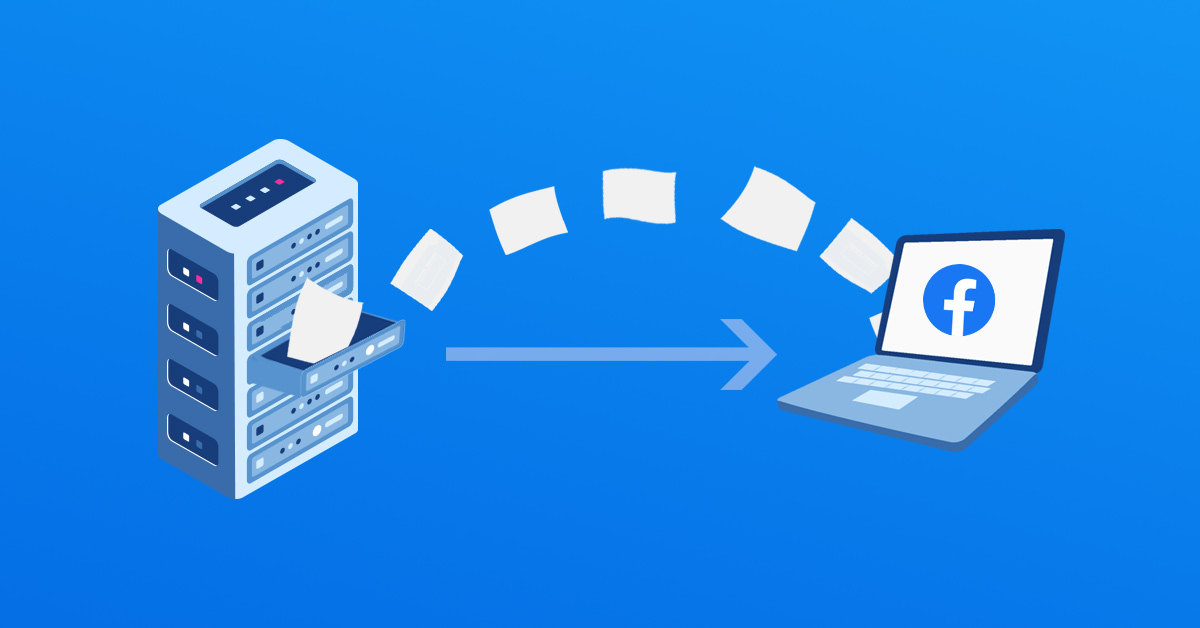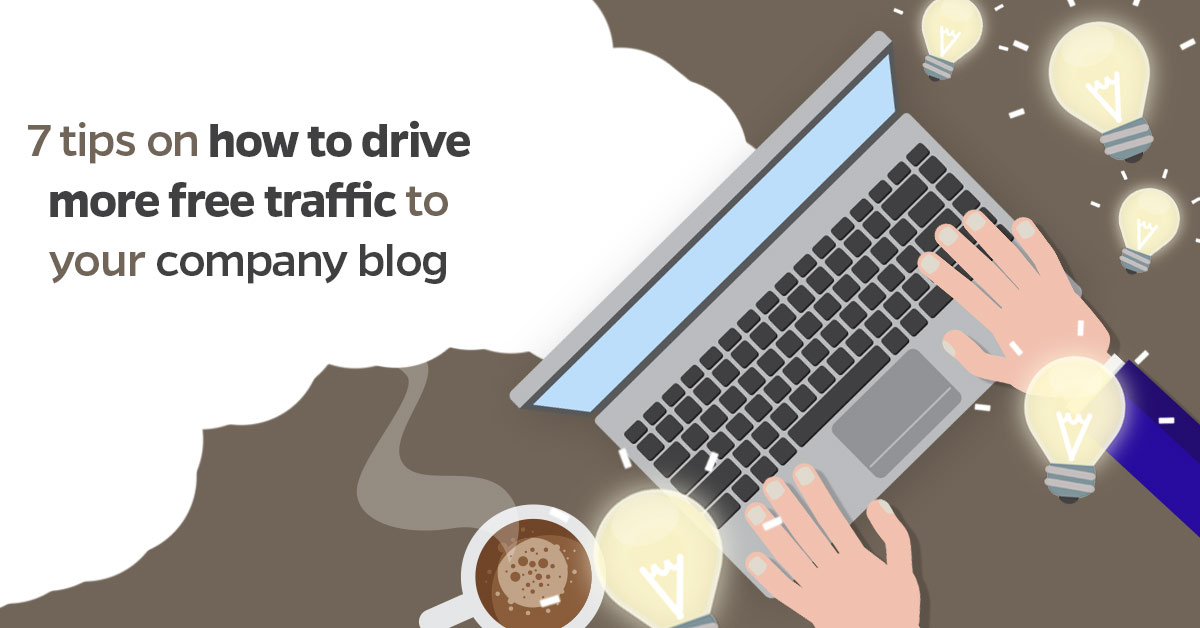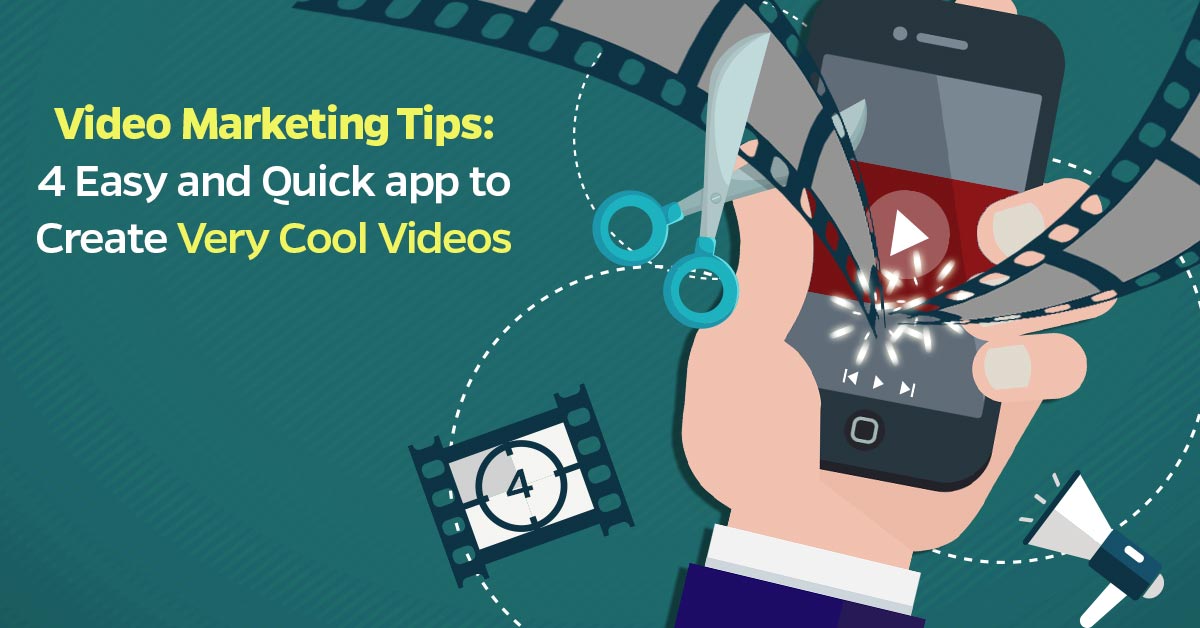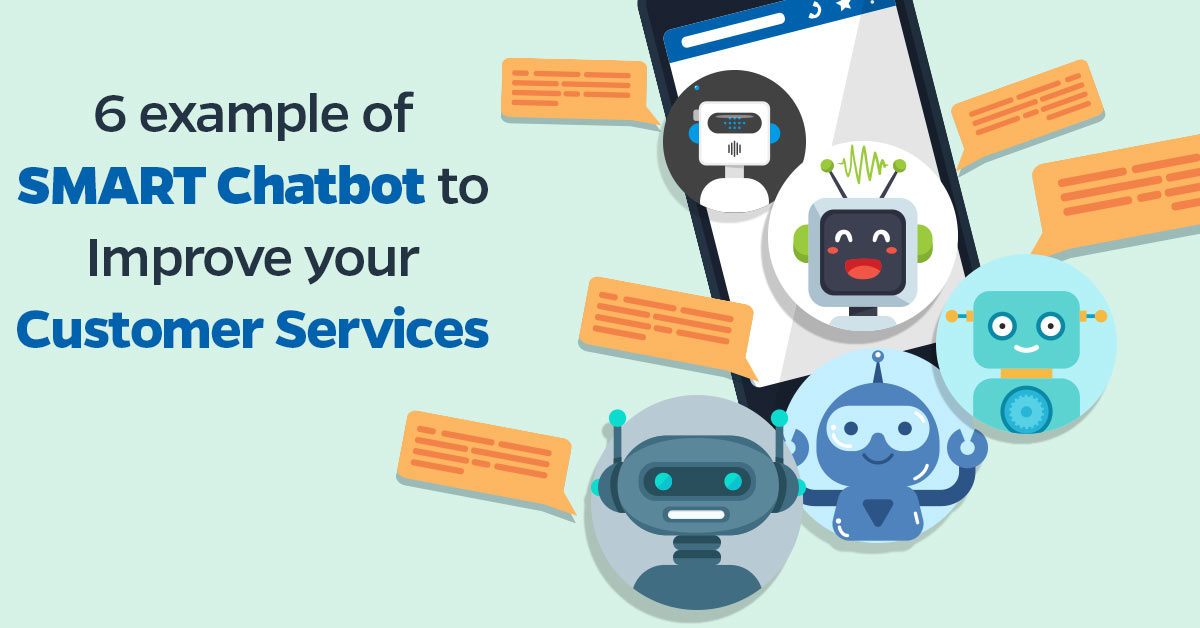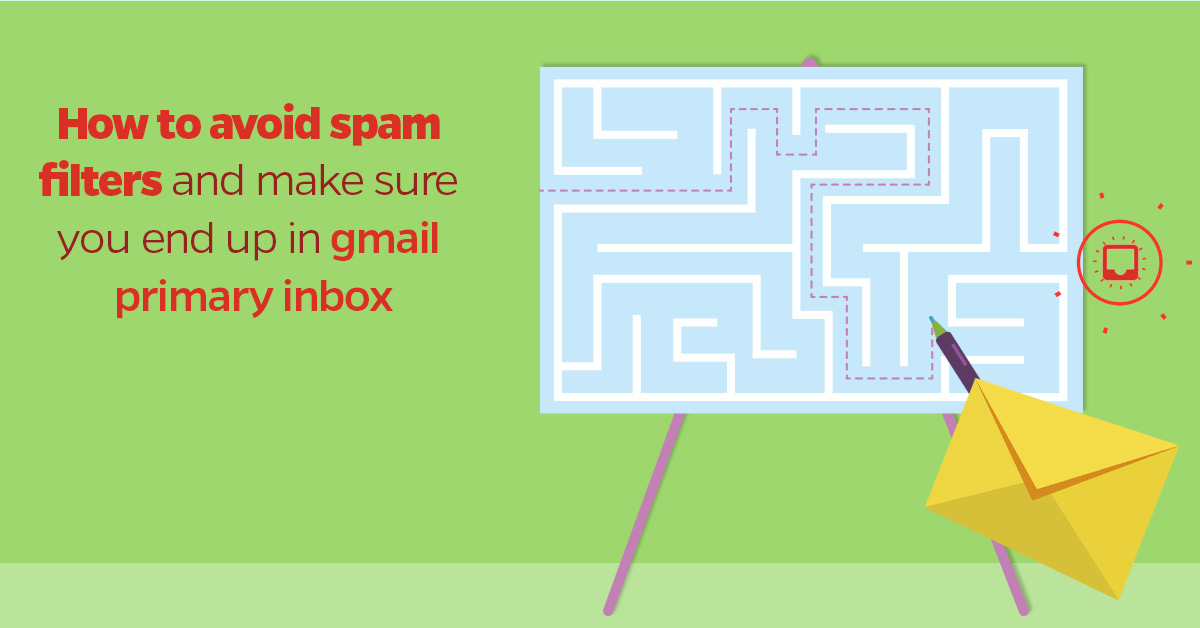
Here at Leadsbridge, we had the opportunity to interview two of the biggest Facebook ads marketing experts, that are conquering the modern marketing field, Dennis Yu and Logan Young!
We asked them several questions about the modern marketing world, and what are the key elements of their strategy, that allowed them to conquer the market with BlizzMetrics in such a short period of time.
We were also curious to understand why the Dollar A Day Strategy is one of the most powerful advertising tools in Blizzmetrics repertoire.
Eager to know more? Let’s start..
1) First of all, for those who don’t know you can you please tell us what is BlitzMetrics and what does your company specialize in? What’s your key role in the company?
BlitzMetrics is a digital marketing training company that creates and implements course packages. That way we ensure we have world-class expertise, working closely with Facebook, Google, and our team of specialists. We employ people from many walks of life from returning missionaries and virtual assistants from the Philippines, ANYONE is welcome in the company provided they meet the qualifications and can dedicate at least 20 hours per week. Our main goal is to give young adults the chance to break into their field of expertise and equip them with the means to become an authority.
Logan’s role is co-founder and vice president of Strategy which is a fancy way of saying he runs the training programs and works with the schools that send specialists through our program while Dennis is the chief technology officer (CTO), being in-charge of the software and systems that we use to run the company: tune ads, build dashboards and provide training.
Here’s a link to start qualifying if you’re interested: https://blitzmetrics.com/students/
2) Dennis is a prolific guest blogger. What are, in your experience, the benefits of guest blogging for business owners? How can someone start guest blogging?
Guest-blogging for business owners is critical provided that it meets the three components of authority.
First: High authority content that demonstrates proof of how you get something done step by step. If it doesn’t have proof then it could be just an essay, someone’s opinion, something you heard from someone else as opposed to unique proof of what you have done that will cause you to stand out.
Second: High authority people. Even if you’re not a high authority person, you want to interview other people who are high authority so that their network and prominence convey to you. A lot of people who have not written guest articles or have not been on tv may be afraid of how to start.
The best way to start is just talk about things that you have done. Look at your recordings from client calls, interview other people that are mentors of yours or partners that help you and document what is working in a 1-2-3-4 fashion so that you can teach what you’ve already done. Maybe there are certain things that you have repeated over and over again to teammates and clients. Turn those into checklists that you can then distribute as a guest blog on someone else’s site and on your site as well.
We’d like to distinguish between content we publish on other people’s sites such as AdWeek versus our site by telling stories on other people’s sites and having a specific implementation, technical details on our site. That also means having these third-party sites be more about lightweight content as opposed to detailed checklists.
Third: Publication. A high authority publication is one that has trust among readers in your vertical or in general, and that usually means they have high traffic as well.

Combine these three and you have a winner that you can then use the dollar a day strategy on. If you’re just getting started and maybe you haven’t blogged on high profile sites or been interviewed by the New York Times, look to contribute to a B-level player that is happy to accept a blog post on a particular topic that you know about.
Related: Your killer PR team works for a dollar a day!
3) Since last month, Facebook Messenger globally tests injecting display ads into the inbox. This probably represents a strong breakthrough in the advertising world. What do you think about it? Do you use Messenger ads? Why should someone use them?
Facebook messenger is the natural extension of email marketing and landing pages – to truly be a social network, Facebook has to simulate an in-person interaction. We know that messenger is one big step towards in-person interactions: the open rates are higher, the engagement rates are higher, and there are a lot of people that are jumping on the messenger bandwagon because there are now so many tools and integration is so easy.
We know that the engagement rates are higher, cost per lead is half of sending to a regular lead form but Facebook won’t give prioritization to new things for more than a few months, this novelty effect also will wear out on the users.
We find that there are two components to using Facebook messenger. One is showing ads inside Facebook messenger and two is actually driving into chat to engage in some kind of conversation or sequenced message flow. The most common uses of messenger are for simple customer service such as tracking your order as well as simple lead gen to suggest a lead magnet and collect an email. My good friend, Michael Stelzner from the Social Media Examiner has an excellent podcast regarding this: Facebook Messenger Marketing: What Marketers Need to Know
We would caution most people not to jump on the bandwagon for Facebook messenger unless they have a robust email sequence built out first. We’d like to follow crawl-walk-run.
4) According to Smart Insight, 74.4% of consumers expect a welcome email when they subscribe and the average open rate for welcome emails is 50% — 86% more effective than email newsletters. Many businesses use LeadsBridge to connect Facebook Lead Ads to their CRMs, in order to reach their leads exactly when they opt-in. In your experience, how much does a timely welcome mail or a call affects the quality of your leads?

Of course, email welcomes get a higher open rate, especially when they’re delivered within the first three minutes of them subscribing. We find that using LeadsBridge to connect Facebook lead ads significantly speeds up your ability to respond immediately as opposed to manually downloading a list of leads that may have aged a day or more. These aged leads are worth only a fraction of the ones that you can respond to immediately.
If a day has passed, people would have forgotten what they have signed up for. But when you catch them in the moment, you can also ask them questions about what their pain is, what kind of customer they are, and what topics they’re most interested. From there, you can tag them using your email automation system and send them down a particular funnel while they’re still interested.
5) How would you explain to a sales team the importance of immediate follow up a subscriber? What techniques can they use to reach an incoming lead as quickly as possible?
We don’t think of automation as a replacement for the sales team but rather an augmentation if you were to have a million minions do your bidding according to a specific instruction set. Automation, whether in an email, messenger, text, or other channels is really to complement the sales team by delivering messages that could’ve been delivered by a real person.
However, when your automation is strong enough, people won’t be able to tell when it’s a real human versus a very smart sequence that is making recommendations. That’s also why we believe smart ads won’t look like ads but will have such value and be triggered by a user’s behavior, action or point in the funnel that it will be something they welcome – information that they appreciate instead of being a blatant ad to buy, buy, buy.
Moving quickly based on a user’s previous action is old-fashioned remarketing. But in a digital and social way – remarketing is as simple as calling someone back, retargeting them from an e-commerce landing page where they looked at a product or using Facebook lead ads where you collect an email address and want to send follow-up information.
When you view lead ads, email marketing, and text messaging – all as an extension of remarketing, then you’re messaging and content become independent of the channel. Then you’re able to send the message to whatever channel is most convenient for them at the time. And thus, a smart sales team recognizes that when the narrow window of a customer or client being willing to buy opens, we want to be there when they are ready as opposed to when we happen to want a sale.
6) Split testing has become one of the most important activities for a marketer. In fact, in the last years split testing software has dominated the digital marketing world. According to RedEye in 2013, 59% of the companies consider this approach crucial to their digital marketing strategy. What are, in your opinion, the most important elements of a Facebook ad that a company have to test?
Split testing, which is trying different variations of copy and landing pages is critical to driving conversion rates. However, most people fail because they are fine tuning the wrong elements. For example superficial elements like button copy, color or even the image that’s used in an ad or landing page is usually not as powerful as tuning the offer, tuning the key pain point that we’re addressing and tuning who we are targeting. Thus, the most important elements to test in a Facebook ad are the combinations of content and targeting.
Content could be what you’re saying in a video format, which is most powerful. Targeting is who you’re saying it to, the smartest targeting being a remarketing sequence based on web and email remarketing. Often it’s hard to tell if it’s the content or targeting that’s not performing when we have a conversion problem. That’s why smart split testing is about having significantly different options to be able to test.
The most common split tests are for new user sign-up: when you’re collecting their information as a lead and the second most common is conversion optimization which is the very point right before you collect their credit card or close the sale.
Good Read: 7 Critical Facebook Insights shared by Ken Rudin, Facebook’s Analytics Head
7) Which A/B tests would you recommend for an advertiser who wants to start optimizing the campaigns?
To start optimizing campaigns, we recommend using the split testing tool on Facebook – if you have enough conversions against an on-going product that it warrants spending more than a couple thousand dollars. Facebook split testing tool allows you to automatically test out combinations of ad components and allowing Facebook to declare a statistically significant winner rather than you having to do the math.
Related: How to Split Test Facebook Posts and Facebook Ads
While Facebook is great at collecting the leads and driving the traffic, where there are conversions that occur on the website, you could use an Optimizely or perhaps an Infusionsoft for email or whatever tool you are using to be able to determine what funnel sequence and content works best at converting the users.

We believe that LinkedIn is going to be an up and coming platform beyond B2B and general selling. When they can combine search data from their owner, Microsoft, and distribute more feed-like information through video and news updates such as pulse. As of now, LinkedIn is still a job board for sales people and IT professionals but we believe this will change as their system becomes more developed.
8) I read a lot about your Facebook for a Dollar a Day strategy. What are its key principles?
A dollar a day is the smartest way to be able to find winners quickly even if you have a giant budget. A lot of marketers think that you can’t get very far on a dollar a day but really the building blocks of a complex funnel, as we spoke about before, are combinations of content and targeting. Dollar a day allows you to target just a couple hundred people per day so that you can have many combinations of content and targeting.

Facebook’s new dynamic creative tool is an advanced form of Dollar a Day by finding which combinations of image and copy and landing page performed the best. Think of a dollar a day strategy as being able to take may shot on goal.
Let’s say you’re not a good basketball player but if you can make one free throw you win the prize, you’re allowed to take as many shots as you want on the goal. Would you rather have one hundred shots that cost you a dollar each but if you win you make a million dollars or would you rather take one shot and have all the risk?
You can take as many shots as you want for a dollar each, no penalty. In that scenario, I would want to reduce my risk by allowing Facebook to do the work and by boosting lots of posts. I would boost lots of 1-minute videos for a dollar a day against different audiences to find out which combinations of content and targeting work the best and when I arrange my funnel by awareness, engagement and conversion and have content at each of those stages, I can very quickly find the path that leads most efficiently to conversion.
Related: Facebook Ad Case Studies – News on the Newsfeed
In summary, the dollar a day strategy is core to being able to iterate on Facebook to allow the system to do the work for you, to identify which customers are more likely to convert and which content is best shown at different points in the funnel.

